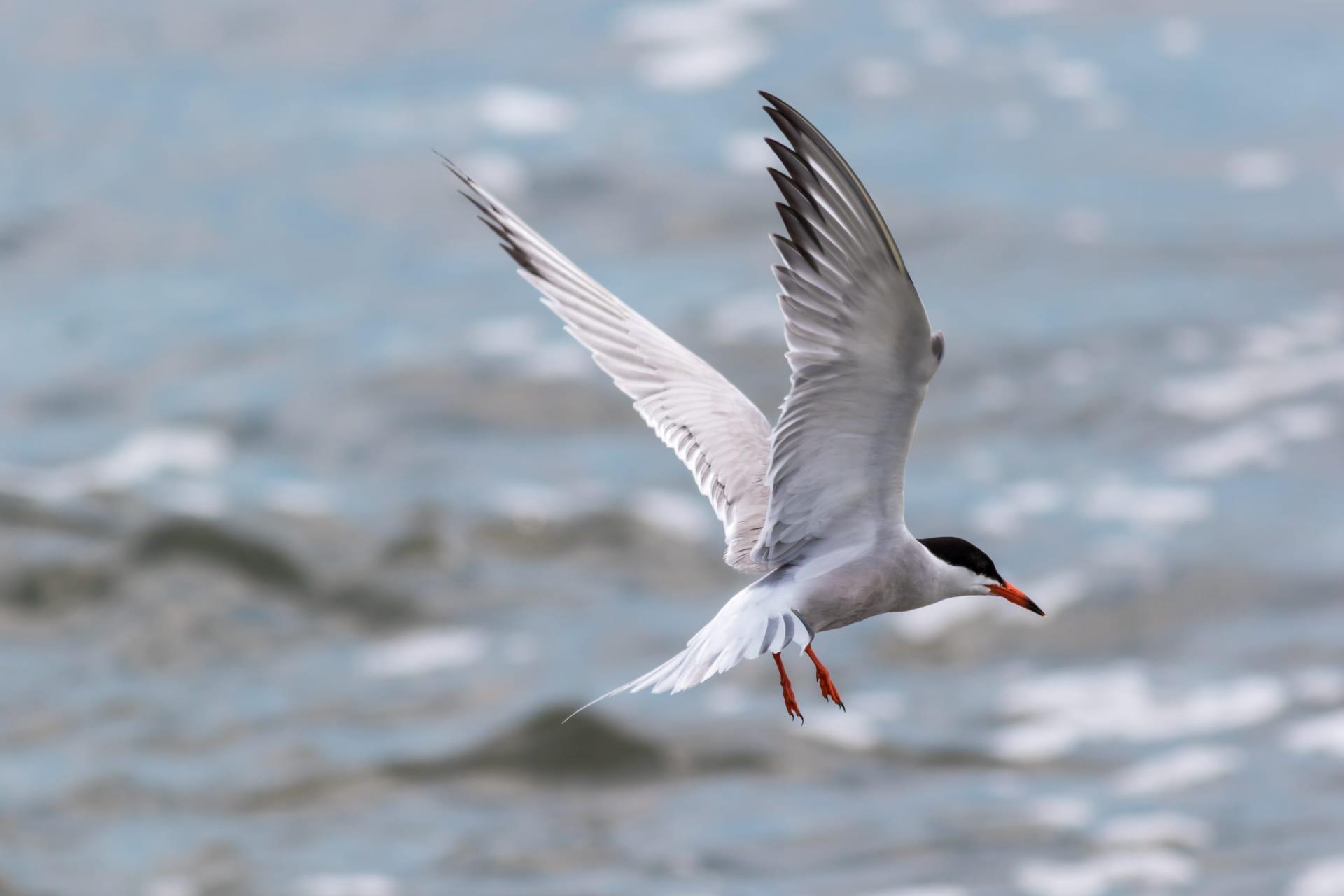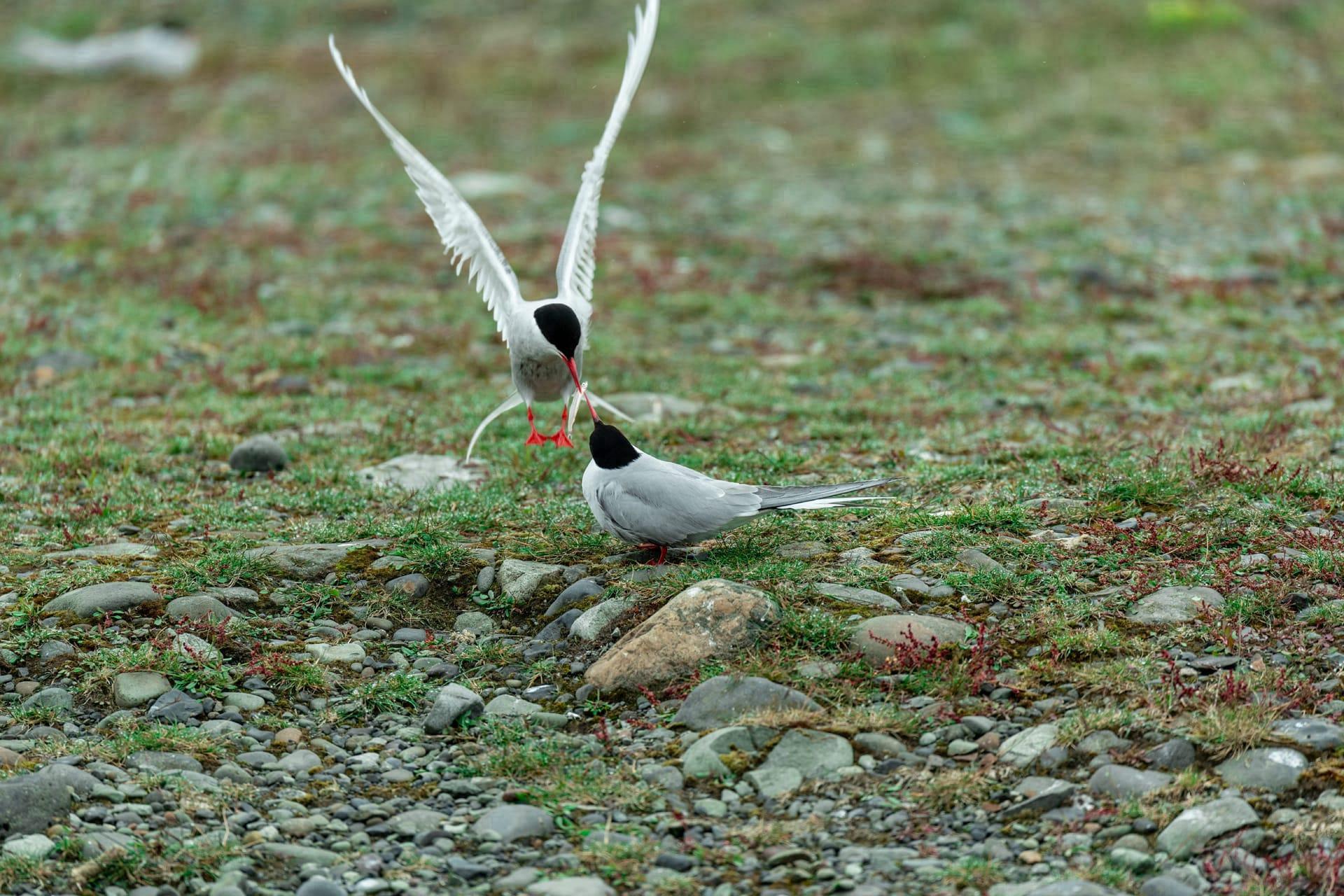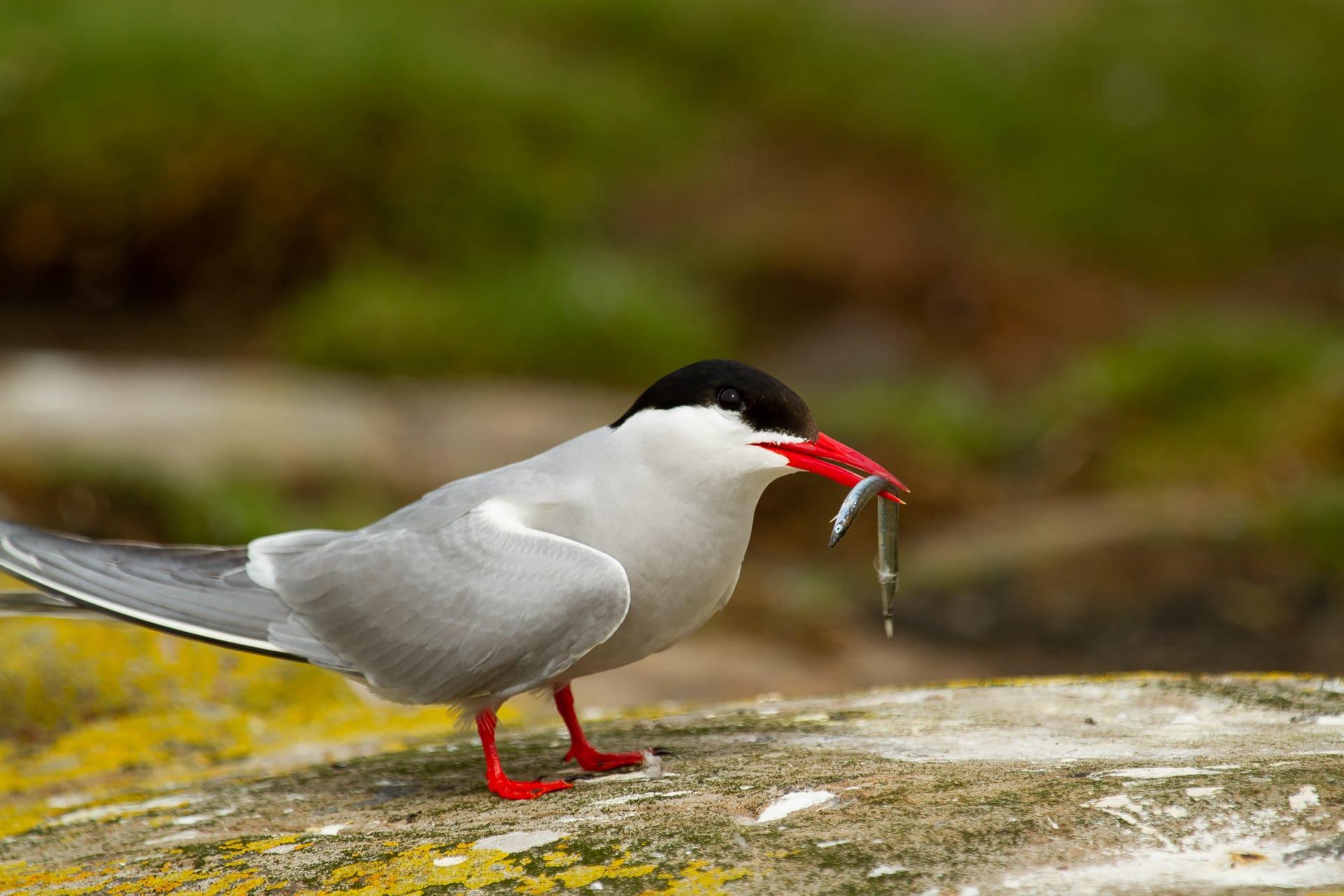Arctic Tern Trivia
- Home /
- Trivia Question /
- Animal /
- Arctic Tern Trivia
1
Question: How far do Arctic Terns travel during their migration?
Answer: Arctic Terns are record-holders for the longest annual migration of any animal. They travel an astonishing 25,000 miles (40,000 kilometers) each year. That's like circling the Earth at the equator!
Question: What is the lifespan of an Arctic Tern?
Answer: These remarkable birds can live up to 30 years. Considering their extensive migration, an Arctic Tern might travel about 1.5 million miles (2.4 million kilometers) in its lifetime – equivalent to three trips to the Moon and back!

2
Question: Do Arctic Terns only eat fish?
Answer: While fish is a significant part of their diet, Arctic Terns are opportunistic feeders. They also eat small marine invertebrates and insects. Their diet varies depending on the availability of food sources along their migratory path.
Question: Are Arctic Terns solitary creatures?
Answer: Contrary to this common misconception, Arctic Terns are quite social during breeding season. They nest in large, dense colonies which can contain several thousand birds, offering protection against predators and a chance for social interaction.

3
Question: How do Arctic Terns navigate during their extensive migration?
Answer: Arctic Terns use a combination of the Earth's magnetic field, the position of the sun, and the stars to navigate. They have an extraordinary internal compass that helps them find their way over vast oceans.
Question: Can Arctic Terns sleep while flying?
Answer: Yes, Arctic Terns have the ability to sleep while flying. They take short naps, often lasting just a few seconds, to rest their brains. This incredible adaptation allows them to stay in the air for extended periods during migration.

4
Question: What threats do Arctic Terns face?
Answer: Arctic Terns face several threats, including habitat loss due to climate change, human disturbances at nesting sites, and predation by invasive species like rats and cats. These challenges are compounded by the long distances they travel, exposing them to various risks.
Question: How do Arctic Terns mate and raise their young?
Answer: These birds are monogamous and often form long-term pair bonds. The female lays one to three eggs, and both parents share the responsibility of incubation and feeding the chicks. The young terns fledge about three weeks after hatching, soon embarking on their first migration.

5
Question: What coloration do Arctic Terns have, and does it change?
Answer: Arctic Terns have a distinctive appearance with a white body, gray wings, and a black cap on their heads. During breeding season, their beak and feet turn a bright red color. In the winter, the beak becomes darker, and the black cap is reduced to just a patch over the eye.
Question: How do Arctic Terns adapt to different climates during migration?
Answer: Arctic Terns are incredibly adaptable, enduring a wide range of climates from Arctic summers to Antarctic summers. They have a layered feather structure that provides insulation in cold temperatures, and they can regulate their body temperature to adapt to warmer climates. Their global journey exposes them to varied weather conditions, showcasing their remarkable adaptability.